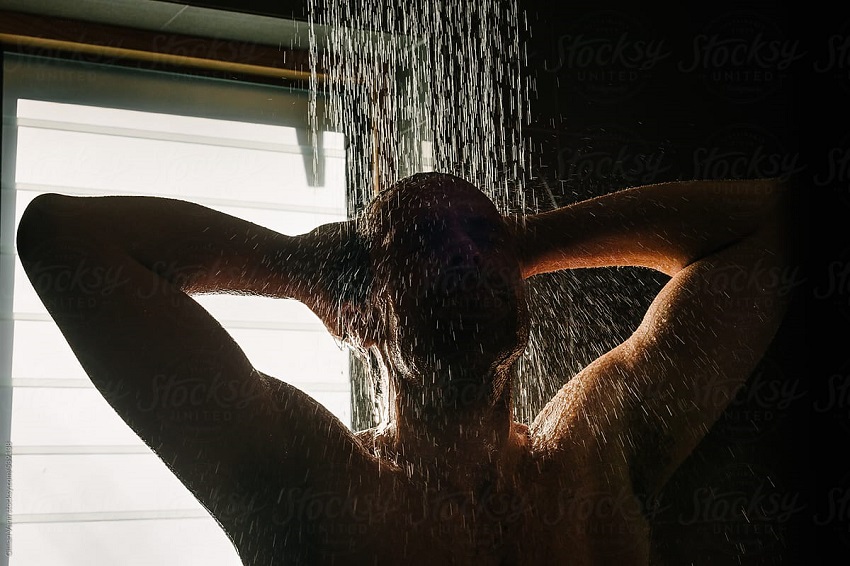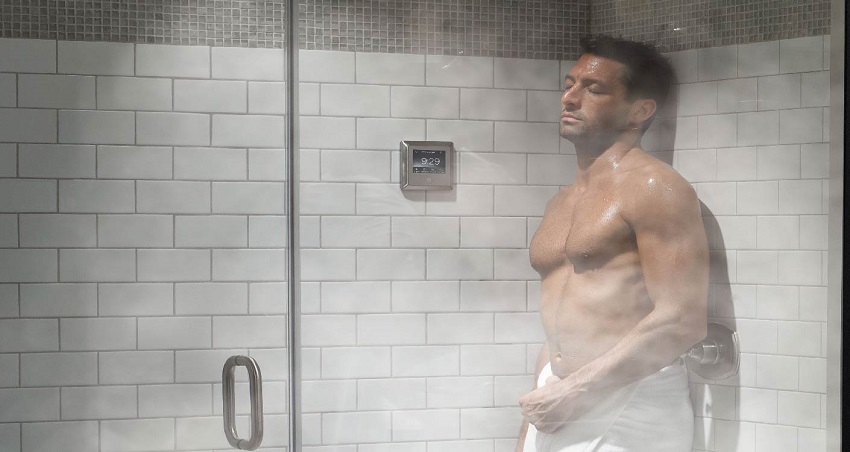
Bathing is an essential part of our daily routine, offering not just physical cleanliness but also relaxation and rejuvenation. There are various methods of bathing, each with its own unique benefits and purposes. In this comprehensive guide, we will explore the different bathing techniques, ranging from traditional practices to modern innovations, and delve into the reasons why they are cherished by people around the world.
Traditional Bathing Methods
1. Showering: A Refreshing Cascade of Water
Showering is perhaps the most common and convenient way to cleanse ourselves. It involves standing under a flow of water, allowing it to cascade over our bodies. Showers are known for their efficiency and convenience, enabling us to quickly rinse away dirt and sweat. Moreover, they provide a refreshing and awakening experience, making them a popular choice for starting the day or reenergizing after physical activity. Understanding the tub drain diagram can also be helpful in maintaining proper water drainage and ensuring a smooth showering experience.
2. Bathing in a Bathtub: Immersed in Tranquility
Bathing in a bathtub offers a luxurious and soothing experience that allows us to immerse ourselves fully in water. By filling the tub with warm water and adding aromatic salts or oils, we can create a serene environment that promotes relaxation. This method helps relieve stress, eases muscle tension, and provides a tranquil escape from the busyness of daily life.
3. Hot Springs: Nature’s Therapeutic Baths
Hot springs have been revered for centuries due to their natural healing properties. These geothermal pools contain mineral-rich water that emerges from the earth at elevated temperatures. By submerging ourselves in hot springs, we can benefit from the minerals absorbed by the water, which may aid in alleviating various ailments such as arthritis, skin conditions, and respiratory issues. Additionally, the warmth and serenity of hot springs offer a blissful retreat, fostering both physical and mental well-being.
Specialized Bathing Techniques
4. Aromatherapy Baths: Nourishing the Senses
Aromatherapy baths combine the benefits of bathing with the therapeutic effects of essential oils. By adding a few drops of carefully selected oils to the bathwater, we can enhance relaxation, promote better sleep, uplift the mood, or even alleviate specific conditions. Lavender, for example, is known for its calming properties, while eucalyptus can help clear congestion. Aromatherapy baths provide a holistic bathing experience that nurtures both body and mind.
5. Hydrotherapy: Healing through Water
Hydrotherapy utilizes water’s therapeutic qualities to promote healing and well-being. This technique involves immersing oneself in water of varying temperatures, using water pressure, or engaging in specific exercises. Hydrotherapy can help improve blood circulation, reduce muscle soreness, and aid in post-injury recovery. Popular examples of hydrotherapy include whirlpool baths, hot and cold compresses, and underwater massages, all of which offer targeted benefits for specific conditions.
6. Contrast Bathing: Alternating Temperatures for Revitalization
Contrast bathing involves alternating between hot and cold water, stimulating the circulatory system and invigorating the body. By switching between warm and cold baths or showers, we can promote blood vessel dilation and constriction, which enhances blood flow and oxygenation to the muscles and tissues. This technique is often used by athletes for recovery and rejuvenation, as well as by individuals seeking an energizing bathing experience.
Modern Bathing Innovations
7. Steam Showers: A Fusion of Heat and Hydration
Steam showers combine the benefits of steam and water to create a unique and indulgent bathing experience. These enclosed units produce steam by heating water, enveloping the user in warm, moist air. Steam showers offer numerous advantages, such as promoting detoxification, improving respiratory health, and hydrating the skin. Furthermore, they create a spa-like atmosphere within the comfort of one’s own bathroom, providing a luxurious retreat from the demands of daily life.
8. Japanese Soaking Tubs: Tranquility and Minimalism
Japanese soaking tubs, known as “ofuro” or “furo,” are deep, compact bathtubs designed to facilitate relaxation and contemplation. Traditionally made from wood, they exemplify simplicity, elegance, and harmony with nature. The deep immersion and warm water of these tubs promote deep relaxation and muscle relief. Japanese soaking tubs have gained popularity worldwide, allowing individuals to embrace the calming and meditative bathing rituals of Japanese culture.
Choosing the Right Bathing Method for You
With numerous bathing methods available, choosing the right one for your needs and preferences is essential. Consider factors such as convenience, physical well-being, relaxation goals, and personal enjoyment. Experimenting with different techniques can help you discover the bathing method that provides the most profound benefits for your body and mind.
Remember, bathing is not merely a routine chore but an opportunity to nurture yourself, unwind from daily stressors, and revitalize your senses. Whether you opt for the simplicity of a shower, the indulgence of a hot springs soak, or the therapeutic benefits of hydrotherapy, each bathing method offers its own unique advantages. So, take the time to find the bathing method that resonates with you, allowing it to become a cherished part of your self-care routine.

